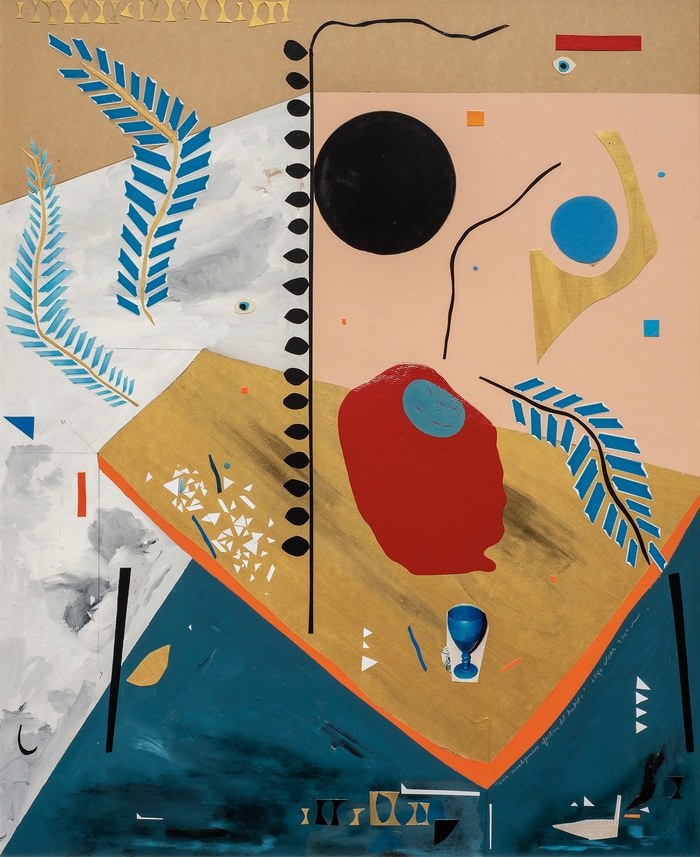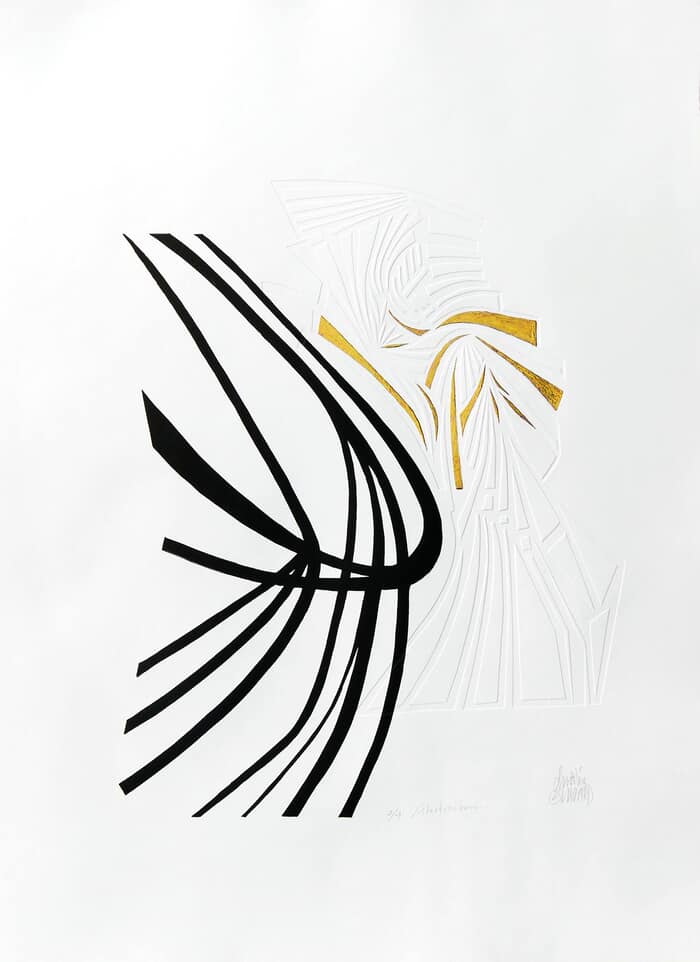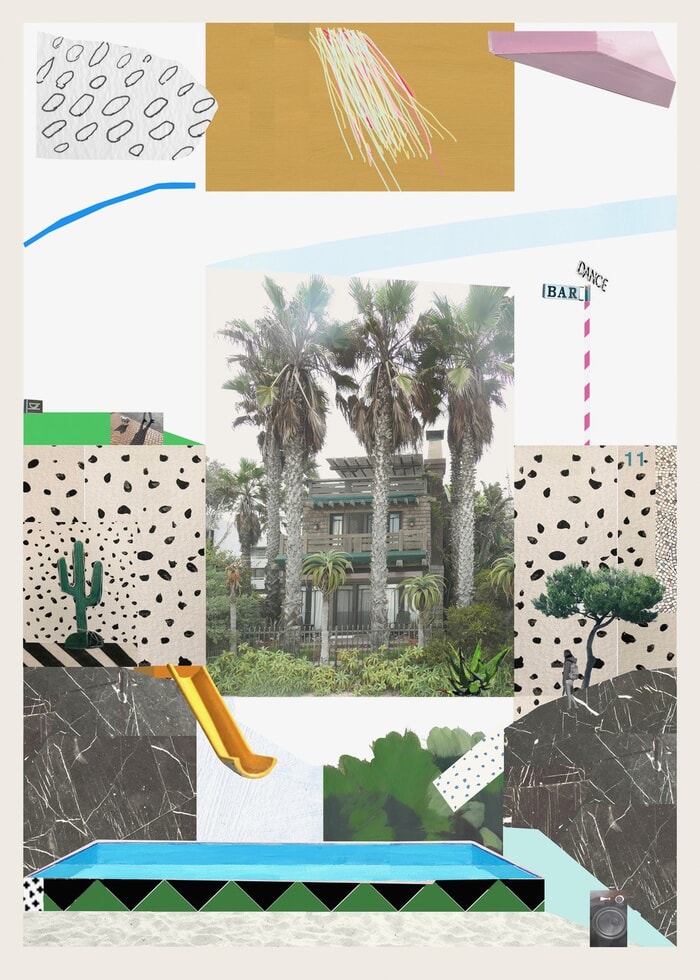Discover abstract prints for sale from top contemporary artists. Rise Art’s carefully curated selection of abstract prints includes works in a wide range of different styles, colours and sizes. Whether you’re looking to expand your collection with groundbreaking contemporary work or find the perfect print for your home, our wide range has a fantastic selection to choose from. If you’re interested in different kinds of abstract art, you may also like our Abstract Paintings, Abstract Photography or Abstract Drawings.
THE BEST CONTEMPORARY ABSTRACT PRINTS
With graphic design and the invention of printing, abstract printmakers today are innovating and producing some incredible work, some of which we’ve included in our collection. Demonstrating, like Kandinsky, her love for lines and circles is Brigitte Williams who rearranges language, maps and other symbols into flat circles to present them objectively to the viewer. She works mainly with graphics and diagrams to change familiar structures and how we perceive information via them. Brigitte graduated from Slade School of Art in 2006 with a distinction and in 2007 won the Caitlin Art Prize.
Ewelina Skowronska works across printmaking, sculpture and the visual arts. She employs an abstract approach to represent the female form in her work, reflecting scenes of movement and interactions between different bodies. Many of her prints are evocative of Matisse’s cutouts, as she distills figures into their essential shapes.
Michelle House is a London-based abstract printmaker. Her works are vibrant and colourful, often incorporating elements of photography, architecture, geometry and found patterns into her artworks. Michelle works in mixed media, using a combination of dyes, pigments on linen, wood and cotton.
The British artist Damien Hirst has been creating stimulating and colourful abstract prints since the 1990s. Working across different techniques, such as aluminium, digital printing or glitters, he creates unique works of art that will bring joy to any space! From the beautiful patterns of The Empresses:Taytu Betul to the sparkly Proctolin, you are sure to feel electrified by Damien Hirst’s prints!
HISTORY OF ABSTRACT PRINTS
One of the most important characteristics of abstract prints is that they represent very little, if anything, from reality and exist independently from visual references in the world. This means that the sensations and emotions the viewer experiences are entirely subjective. In fact, all types of abstract art share a similar philosophy; that reality is subjective and it’s up to the individual viewing the artwork to define it. Instead of using visual references, abstract prints are populated with shapes, colours, forms, lines, tones and marks to achieve their effects.
Abstract art originated in the 19th century and came about as a response to the romanticism and idealised depictions of the world. Later, the major movements of the 20th century, such as Cubism, Futurism and Expressionism, worked to emphasise the difference between art and natural appearances, using abstraction to a certain degree. It wasn’t until just before the first world war that artists fundamentally turned to abstract art.
Kandinsky is thought to have been the first artist to paint images that contained no recognisable objects. Today his artworks have been printed onto every surface imaginable, and for good reason. He was inspired to create art that communicated spirituality and believed that copying from nature only interfered with his process. One of his most recognised works is the Composition VIII which was painted in 1923. It was created while he was teaching at Bauhaus and demonstrated his synthesis of Constructivism and Suprematism in his use of geometric shapes to structure the painting.
Find out more in our Guide To Abstract Art.
















































